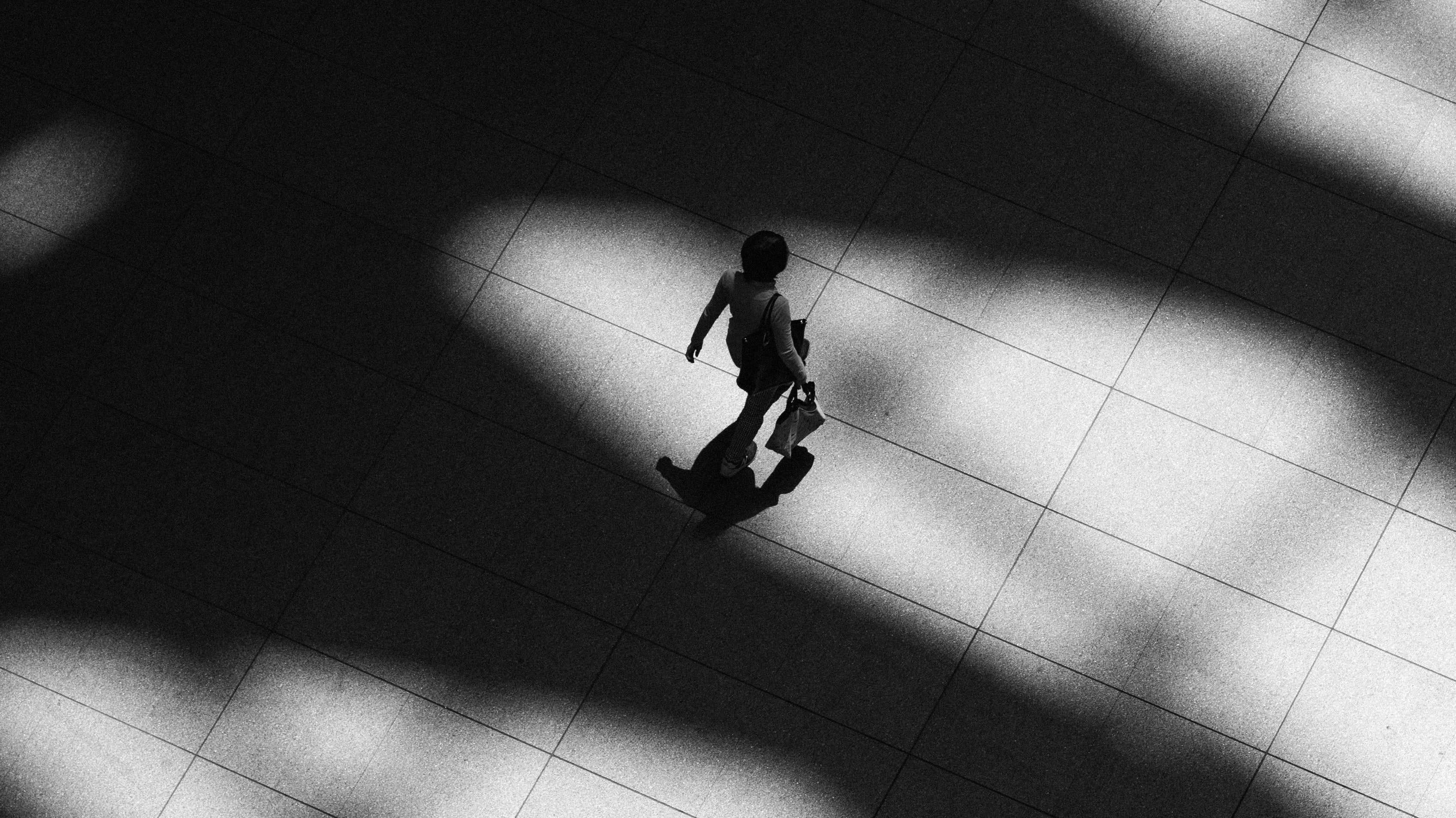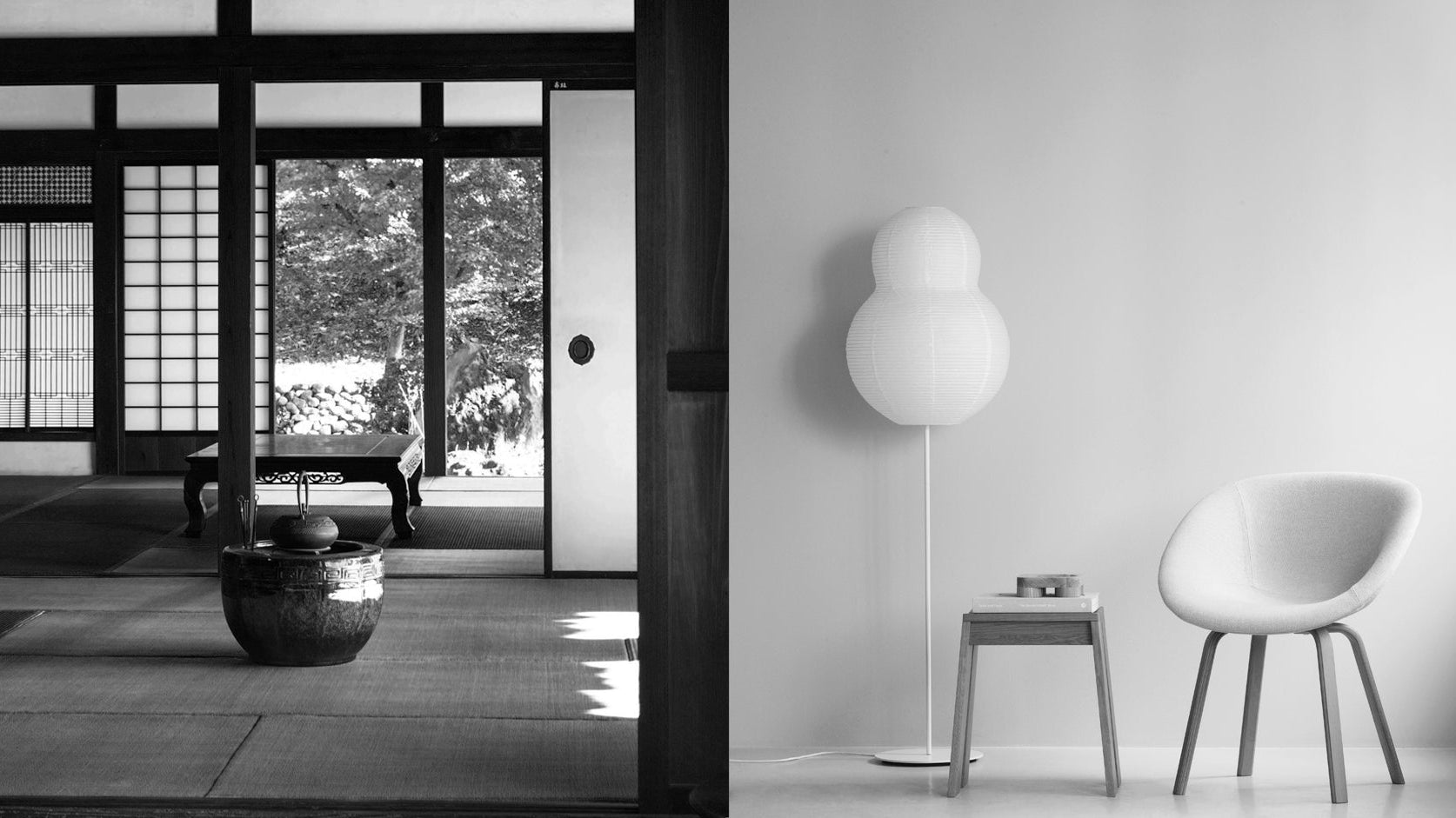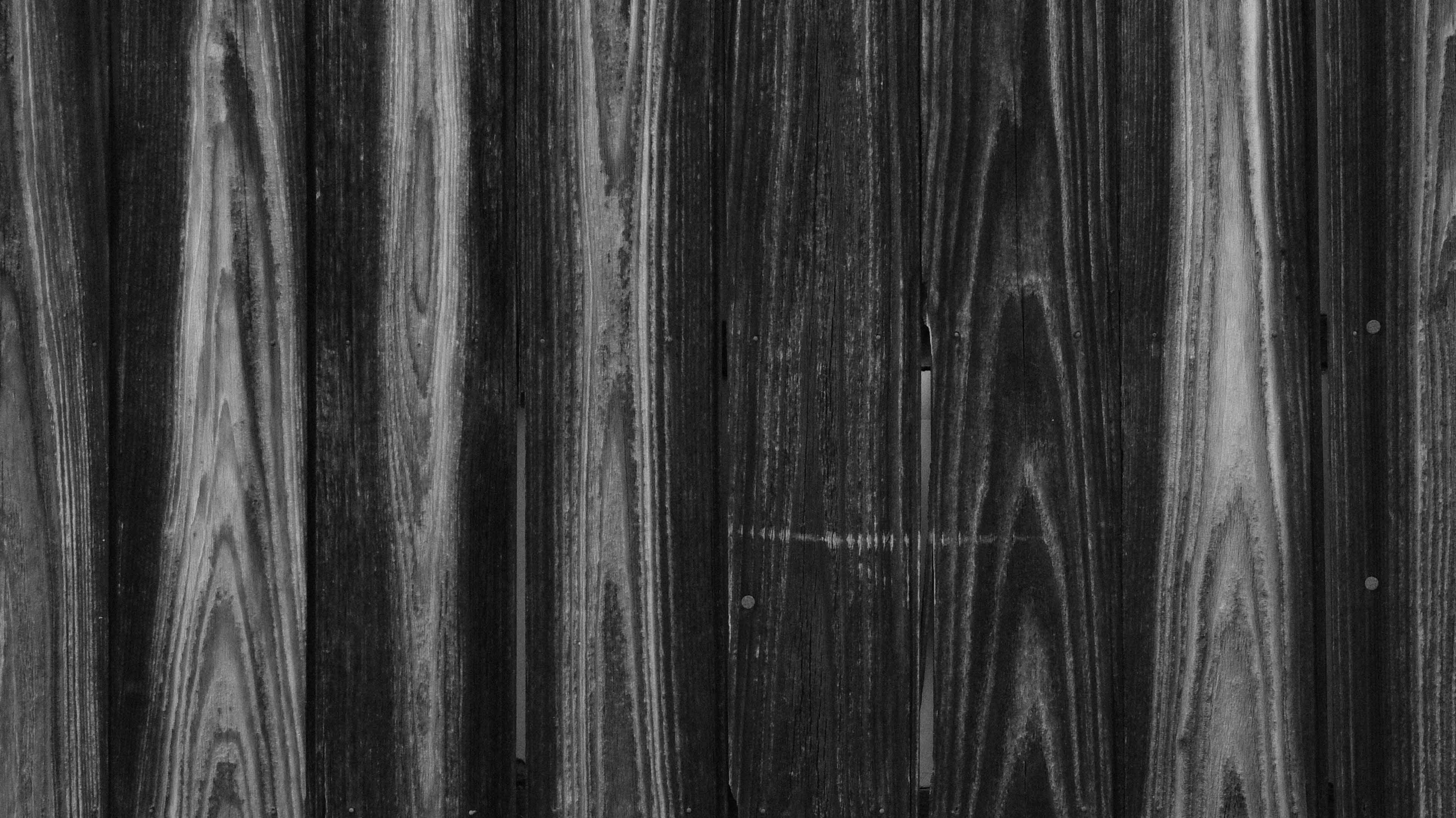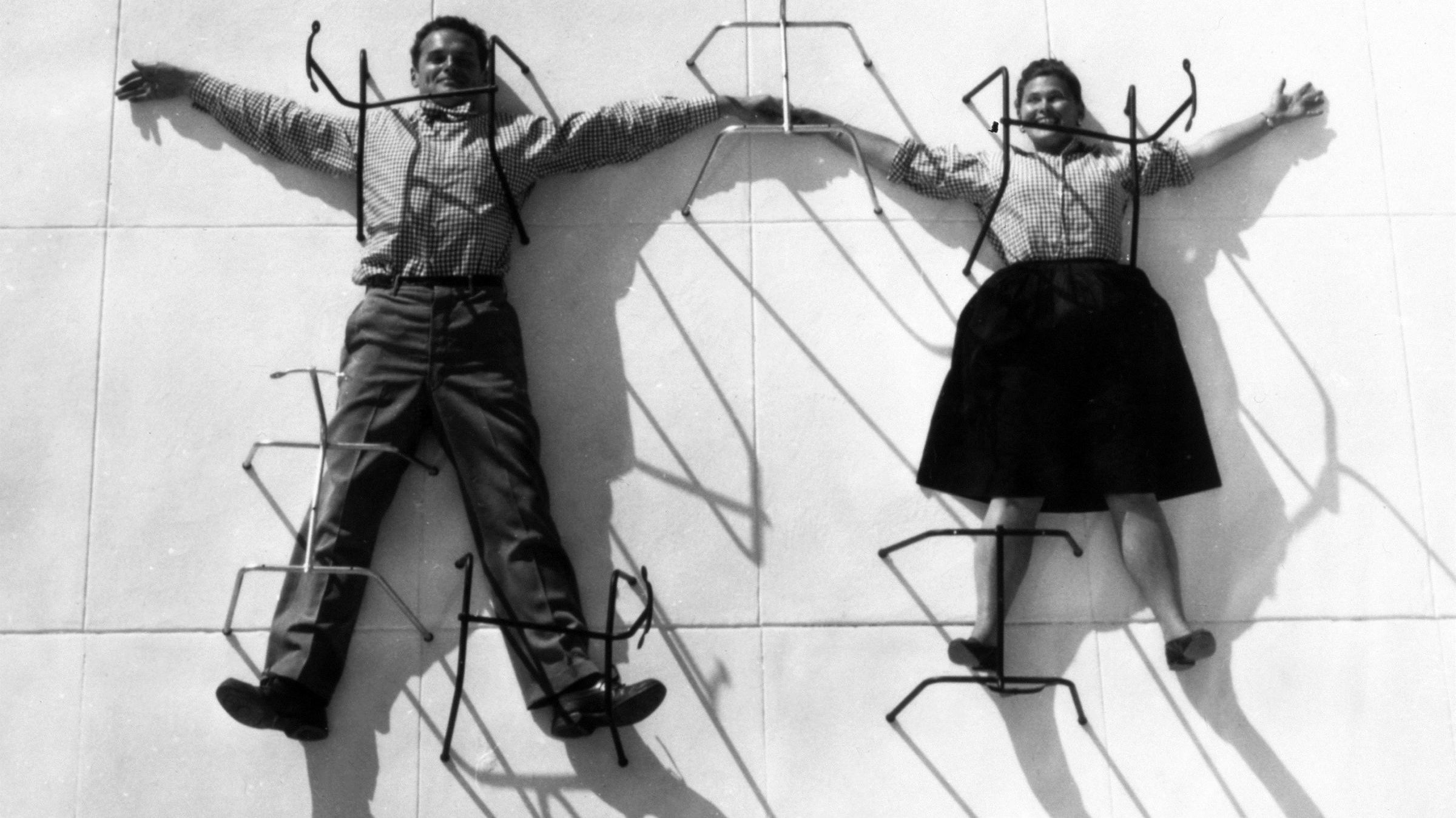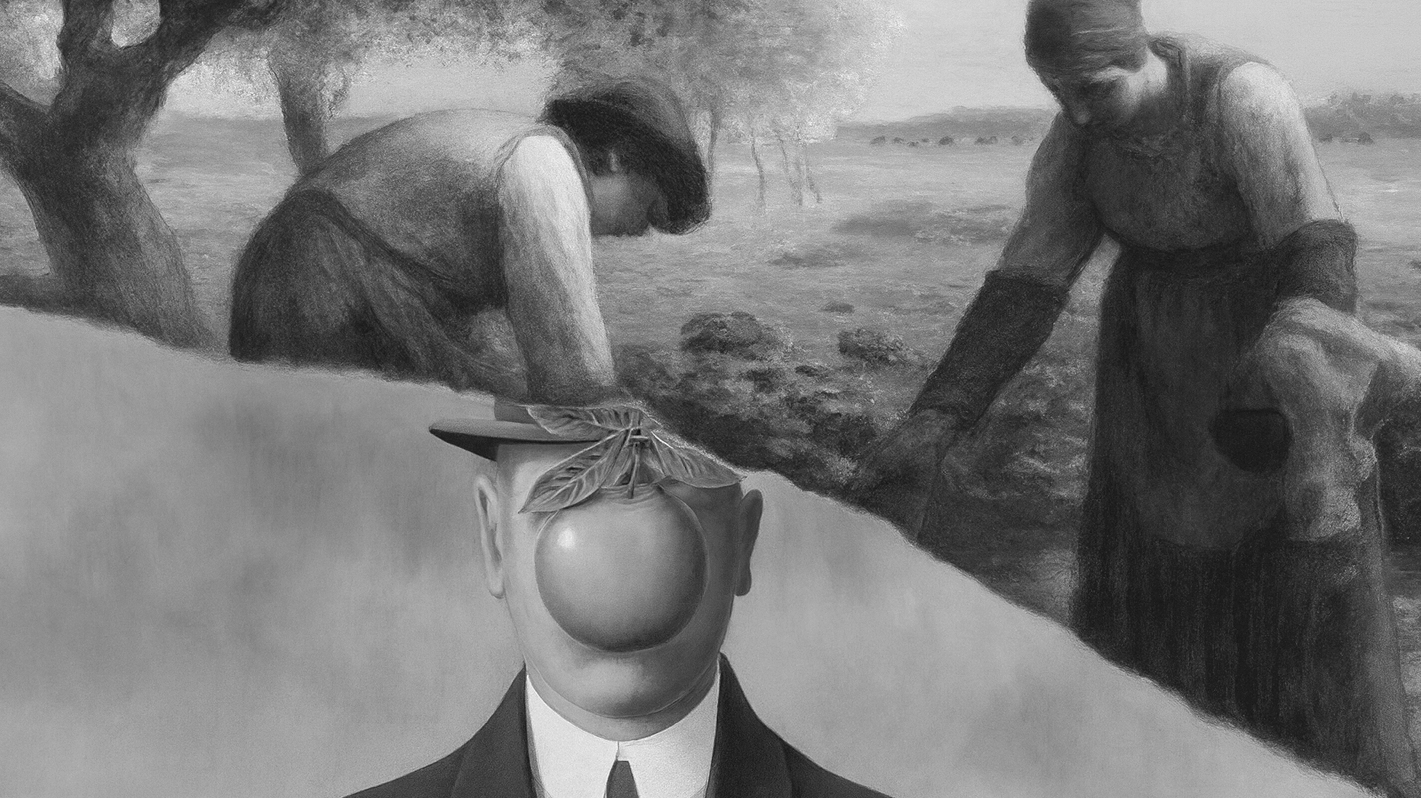Have you ever thought about how many folds and shapes you can create with just one square piece of paper? The answer is that the possibilities are unlimited. Origami, the well-known art of paper folding, allows you to craft a myriad of a thousand different creations using a solitary piece of paper. In today's article, let's learn more about origami and explore why this Japanese paper-folding art influences modern design trends.
(Origami: Japanese Art of Paper Folding and Influence on Modern Design Trends - dans le gris)
What is Origami?
Origami is the Japanese art of paper folding. The word "Origami" comes from the Japanese. "Ori," which means "folding," and "kami," which means "paper". In origami, a single sheet of paper is folded into various shapes and forms, normally without cutting or using glue. The fundamental principle of origami involves creating intricate designs by making precise folds and creases in the paper. Traditional origami models are often inspired by animals, plants, and geometric shapes. However, modern origami artists have expanded the possibilities by creating complex designs, sculptures.
(Origami: Japanese Art of Paper Folding and Influence on Modern Design Trends - dans le gris)

3D Origami Design by Jun Mitani
(Origami: Japanese Art of Paper Folding and Influence on Modern Design Trends - dans le gris)
A Brief History of Origami
Origami has a rich history that traces back centuries, with its origins deeply rooted in Japan. Although the exact beginnings of origami are not well-documented, it is believed to have originated in ancient China and gradually spread to Japan. Japan is often credited as the birthplace of origami as we know it today. Origami in Japan has its earliest records dating back to the Heian Period. This period marked the golden age of Japan's nobility and witnessed remarkable advancements in art and culture. During that time, paper was a scarce commodity, which meant that origami was primarily enjoyed as a pastime by the privileged and elite.
(Origami: Japanese Art of Paper Folding and Influence on Modern Design Trends - dans le gris)

Geisha's Origami from old Japanese photograph
(Origami: Japanese Art of Paper Folding and Influence on Modern Design Trends - dans le gris)
During the 20th century, origami witnessed a remarkable rise in fascination and advancement, largely propelled by the influential contributions of Akira Yoshizawa, a master origami artist from Japan. Yoshizawa played a pivotal role in elevating origami to the status of a respected art form. He introduced groundbreaking folding techniques and devised a symbolic system to convey folding instructions. Through his pioneering work, Yoshizawa not only established origami as a recognized art form but also established its distinctive principles and aesthetics.
In recent times, origami has undergone a remarkable transformation, transcending traditional models and venturing into new realms of possibility. The art of modern origami has amassed a dedicated global community of enthusiasts who are captivated by its ever-growing repertoire of intricate designs and innovative techniques. One such technique is "wet-folding," where the paper is lightly moistened during the folding process, resulting in a final creation with enhanced structural integrity. Another noteworthy variation is modular origami, also known as unit origami, wherein multiple origami units are deftly combined to craft elaborate and often ornamental compositions.
(Origami: Japanese Art of Paper Folding and Influence on Modern Design Trends - dans le gris)
The Purpose of Making Origami
Origami has been primarily used for various purposes throughout its history. In traditional Japanese culture, origami was used for special ceremonies and rituals. People would fold paper to create beautiful shapes and objects that were then used in important formal events, such as religious ceremonies and weddings. However, Intricate origami models have been used to symbolize different concepts, animals, or objects. These folded creations have been employed as decorative elements in homes, temples, and festive decorations. Furthermore, origami is a popular recreational activity enjoyed by many. It serves as a source of entertainment, allowing individuals to relax, focus, and engage in a creative and mindful pursuit. People of all ages take pleasure in folding paper to create a diverse range of models, figures, and designs. Origami also provides a calming and focused activity that allows individuals to immerse themselves in the process and find a sense of inner tranquility.
(Origami: Japanese Art of Paper Folding and Influence on Modern Design Trends - dans le gris)
Why is Origami Considered an Art Form in Japan?
As time passed, origami gradually became an art form with the contributions of passionate practitioners and innovative individuals who pushed the limits of traditional paper folding. Origami began to change from following traditional models to embracing more innovative and imaginative designs. Artists started to focus on expressing their creativity and exploring new ideas. This shift in approach led to the recognition of origami as an art form rather than just a practical craft skill.
As origami became more popular worldwide, artists from diverse cultures started to bring their own styles and interpretations to the art form. This cross-pollination of ideas and techniques further enriched the artistic possibilities of origami. Through these combined factors, origami transitioned from being a traditional craft to a recognized and respected art form. Even today, origami continues to evolve as artists explore new ideas, push the boundaries of design, and create compelling and intricate folded artworks.
(Origami: Japanese Art of Paper Folding and Influence on Modern Design Trends - dans le gris)
Origami Inspired Modern Design
Nowadays, origami has become a profound source of inspiration for modern designers, with its influence extending beyond the realm of art and permeating various aspects of design. The beauty of origami lies not only in its aesthetic appeal but also in its underlying principles of discipline, precision, and problem-solving. Below, we would like to introduce you to a few samples of origami-inspired design:
(Origami: Japanese Art of Paper Folding and Influence on Modern Design Trends - dans le gris)

Issey Miyake collaborates with Artemide to create a light inspired by origami, named "IN-EI".
(Origami: Japanese Art of Paper Folding and Influence on Modern Design Trends - dans le gris)
IN-EI, meaning "shadow," "shade," or "nuance" in Japanese, is a collection of nine collapsible lampshades for LED bulbs made from a specially produced, recycled-PET fabric. Each lamp is folded from a single sheet of material thanks to a mathematical program created by Jun Mitani (a professor of computer science at the University of Tsukuba and a master origami artist). The fibers are strong enough to support the lamp’s entire structure, making an inner frame unnecessary.
(Origami: Japanese Art of Paper Folding and Influence on Modern Design Trends - dans le gris)

Nendo's minimalist overhaul of Japan Airlines amenity kits was inspired by the origami crane.
(Origami: Japanese Art of Paper Folding and Influence on Modern Design Trends - dans le gris)
Nendo has completed a comprehensive makeover of all of Japan Airlines' in-flight amenities, from meal trays to slippers and earplug wrappers, which draws on the lines of an origami crane. This motif is extrapolated into a more minimalist, red origami bird that, according to Nendo, acts as "a symbol of peace, prayer and the spirit of hospitality".
(Origami: Japanese Art of Paper Folding and Influence on Modern Design Trends - dans le gris)

LEXUS design award 2013 porcelain origami by Hitomi Igarashi.
(Origami: Japanese Art of Paper Folding and Influence on Modern Design Trends - dans le gris)
"Making porcelain with origami" stands out as one of the twelve winning projects in the LEXUS Design Award competition, held in collaboration with designboom. In collaboration with Junya Ishigami, the talented Japanese designer Hitomi Igarashi envisioned ceramic objects through the process of casting porcelain into various paper shapes, resulting in the creation of truly distinctive and artistic free-forms.
(Origami: Japanese Art of Paper Folding and Influence on Modern Design Trends - dans le gris)

Origami lamps designed by Ramón Esteve for Vibia.
(Origami: Japanese Art of Paper Folding and Influence on Modern Design Trends - dans le gris)
Ramón Esteve designed the Origami lamps for Vibia, drawing inspiration from the traditional Japanese art of folding paper. These luminaires present a contemporary reinterpretation of sconces, featuring architectural cubes that elegantly transform a plain wall into a captivating visual display.
(Origami: Japanese Art of Paper Folding and Influence on Modern Design Trends - dans le gris)

Haeyoung Kim's Origami Kinetic Table.
Haeyoung Kim opted for origami as a conceptual framework when designing a kinetic table. Paper, with its entangled fibers, has the unique ability to stay connected without the need for additional mediums. The notion of constructing a structure without any joints is truly captivating.
(Origami: Japanese Art of Paper Folding and Influence on Modern Design Trends - dans le gris)
Continue Reading:
• Kintsugi: Finding Beauty in the Art of Repair
• What is Wabi Sabi? Embracing the Beauty of Imperfection
• Noh Masks: The Hidden Stories of Japanese Theatre Masks
(Origami: Japanese Art of Paper Folding and Influence on Modern Design Trends - dans le gris)
About Us
Dans Le Gris is a brand that started with everyday jewelry; each handmade piece is designed and crafted in Taiwan. We deeply value every detail, dedicating ourselves to creating enduring pieces through collaboration with experienced craftsmen.
(Origami: Japanese Art of Paper Folding and Influence on Modern Design Trends - dans le gris)
In our journal, we provide irregular updates featuring articles about art, culture, and design. We aspire to furnish our readers with profound insights and inspiration across a broad array of creative subjects. From the daily inspirations found in art and design to the timeless beauty of traditional craftsmanship and philosophy, our curated content encompasses diverse aspects of life. We hope you enjoy our content, and thank you for being here.

